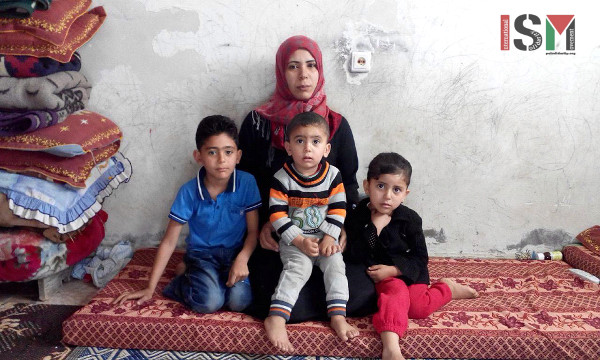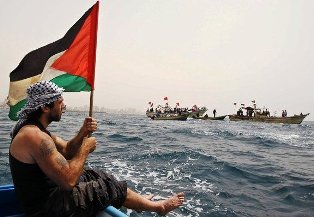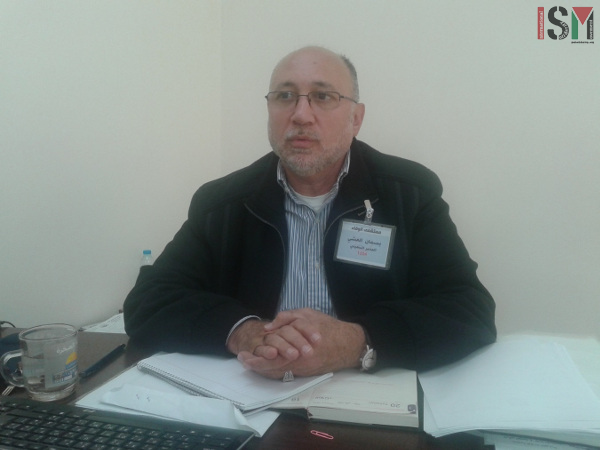Category: Gaza
-

Nine Palestinian fishermen kidnapped by the Egyptian army
06th March | Miguel Hernández | Gaza, Occupied Palestine On the 3rd of May, the trial of nine Palestinian fishermen kidnapped by the Egyptian army while fishing in waters of the border city of Rafah, took place in the Egyptian city of Al Arish. Three of the fishermen are brothers, Ali Abu Hamada, 36 years old, with eight…
-

Four years ago we lost Vik
“History is us. History is not cowardly governments with their loyalty to whoever has the strongest military History is made by ordinary people everyday people, with family at home and a regular job who are committed to peace as a great ideal to the rights of all to staying human. History is us who risked…
-

Interview with Dr. Basman Alashi in Gaza
11th April 2015 |Valeria Cortes, International Solidarity Movement, Gaza Team | Occupied Palestine “You corner me, you kill me, and on top of that you ask me not to defend myself. Human beings in this world have the right to defend themselves. We, as Palestinians, have the right to defend our land and our families by all…
